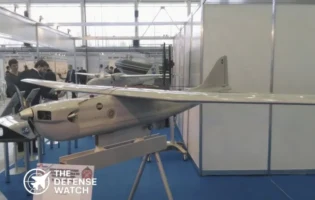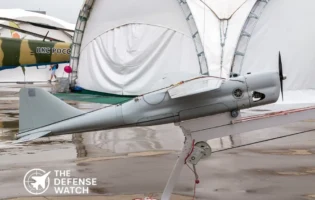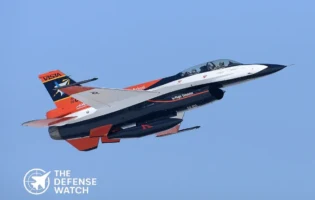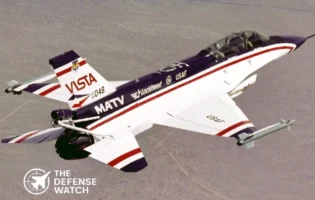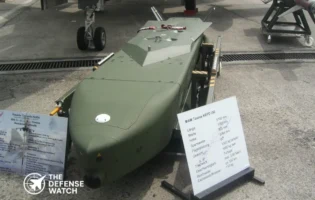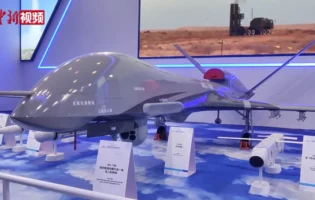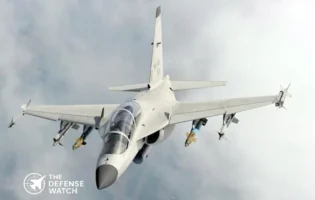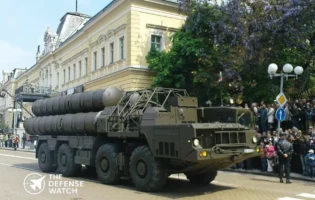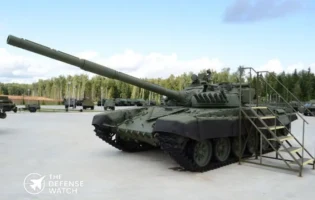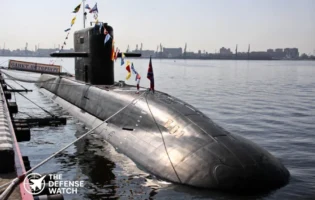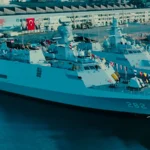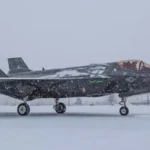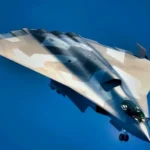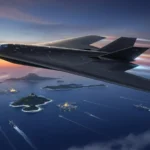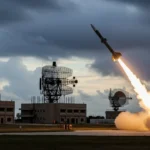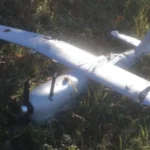- Home
- Catalog
- Fighter Jets
- F-15EX Eagle II Fighter Jet
F-15EX Eagle II Fighter Jet
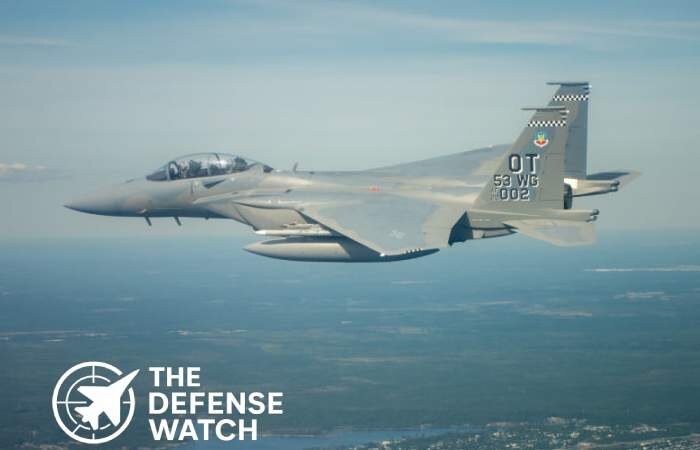

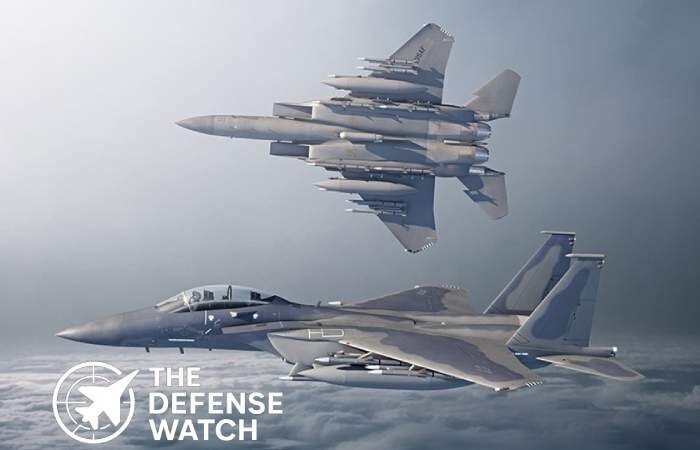

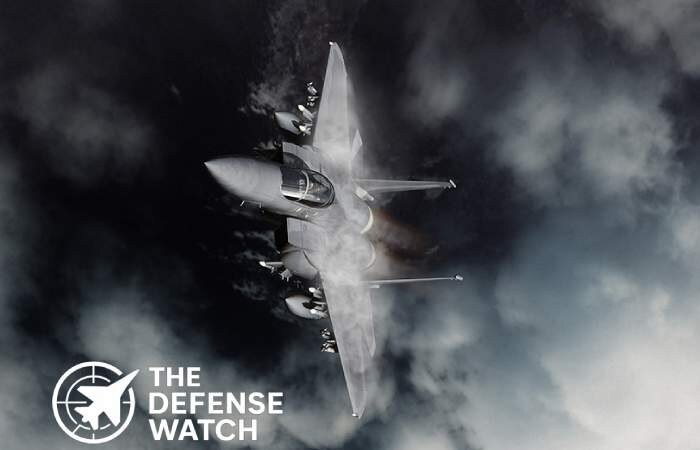

Full Specifications
General Information
| Name | F-15EX Eagle II |
| Manufacturer | Boeing Defense, Space & Security |
| Country of Origin | United States |
| Type / Role | Multirole / Air Superiority Fighter |
| Generation | 4.5+ |
| Status | In production / Active service |
| First Flight | February 2, 2021 |
| Introduction / In Service Since | 2023 (U.S. Air Force) |
| Number Built | ~20 (planned: 104+) |
| Operators | U.S. Air Force |
Dimensions & Structure
| Length | 63.8 ft (19.45 m) |
| Wingspan | 42.8 ft (13.05 m) |
| Height | 18.5 ft (5.64 m) |
| Wing Area | 608 sq ft (56.5 m²) |
| Empty Weight | 31,700 lb (14,380 kg) |
| Maximum Takeoff Weight (MTOW) | 81,000 lb (36,700 kg) |
| Internal Weapons Bay | None |
| External Hardpoints | 12 |
Performance
| Maximum Speed | Mach 2.5+ |
| Range | 2,700 mi (4,345 km) |
| Combat Radius | 1,100 mi (1,770 km) |
| Service Ceiling | 60,000 ft (18,300 m) |
| Rate of Climb | 50,000 ft/min |
| Thrust-to-Weight Ratio | 1.19 |
| G Limits | +9 |
Powerplant
| Engine Type | Pratt & Whitney F100-PW-229 |
| No. of Engines | 2 |
| Thrust (each) | 29,000 lbf |
| Thrust Vectoring | No |
| Fuel Capacity | 36,000 lb internal/external |
Armament
| Gun | 1× M61A1 Vulcan 20mm |
| Missiles (Air-to-Air) | AIM-120, AIM-9X |
| Missiles (Air-to-Ground) | AGM-158 JASSM, AGM-84 |
| Bombs | JDAM, GBU series |
| Hardpoints | 12 |
| Payload Capacity | 29,500 lb (13,380 kg) |
Avionics & Systems
| Radar | AN/APG-82(V)1 AESA |
| Radar Range | 200+ miles |
| Electronic Warfare (EW) System | EPAWSS |
| Targeting System | Sniper XR pod |
| Helmet Display | JHMCS II |
| Navigation | GPS/INS with terrain-following |
| Autopilot / AI Assistance | Digital fly-by-wire |
| Communication | Link 16, secure datalinks |
Stealth & Technology
| Radar Cross Section (RCS) | Moderate (non-stealth) |
| Stealth Features | Radar-absorbent coatings |
| Infrared Signature Reduction | Partial |
| Sensor Fusion | Advanced mission computer |
| Networking Capabilities | Open mission systems, JADC2 compatible |
Variants
| Special Export Versions | F-15QA (Qatar), F-15SA (Saudi Arabia), F-15IA (Israel), F-15SG (Singapore) |
Operational History
| Major Conflicts / Deployments | Not yet combat-deployed (2025) |
| Notable Operators | U.S. Air Force |
| Combat Proven? | Not yet |
| Mission Types | Air superiority, strike, defense suppression |
Cost & Program
| Unit Cost | ~$87.9 million |
| Development Cost | ~$1.2 billion |
| Program Name | F-15EX Eagle II Program |
| Funding Countries | United States |
Additional Information
| Upgrades Planned | Hypersonic weapons integration |
| Future Replacement | Potential sixth-gen NGAD |
| Export Restrictions | Limited to close U.S. allies |
| Notable Achievements | Fastest U.S. production fighter |
| Competitors | Rafale, Eurofighter Typhoon, Su-35 |
PROS
- Exceptional payload and range capacity
- Advanced avionics with open mission architecture
- AESA radar with superior target tracking
- Dual-engine reliability and high speed
- Lower sustainment cost than fifth-gen fighters
CONS
- Larger radar cross-section (non-stealth)
- Higher operating costs vs. light fighters
- Limited stealth survivability in dense IADS
- Requires experienced maintenance crews
- Still integrating next-gen weapon compatibility
F-15EX Eagle II Fighter Jet: America’s Next-Gen Air Superiority Fighter
The F-15EX Eagle II, developed by Boeing, represents the latest evolution of the iconic F-15 air superiority fighter, integrating 21st-century avionics, weapons, and survivability upgrades. Built for the U.S. Air Force, the Eagle II bridges the capability gap between fourth- and fifth-generation fighters, combining proven performance with cutting-edge digital systems.
Advanced Multirole Power
Originating from the combat-proven F-15 platform, the F-15EX is a two-seat, twin-engine, multirole fighter capable of carrying more ordnance than any other U.S. fighter. It supports up to 29,500 lb of payload across 12 external hardpoints, accommodating a mix of air-to-air and air-to-ground weapons, including AIM-120 AMRAAM, AIM-9X Sidewinder, and JDAM precision bombs.
Powered by two Pratt & Whitney F100-PW-229 engines, the jet achieves a top speed exceeding Mach 2.5 and boasts a combat radius of over 1,100 miles. Its AESA radar (AN/APG-82(V)1) delivers long-range detection and tracking, while EPAWSS (Eagle Passive/Active Warning and Survivability System) enhances electronic warfare resilience.
Technology and Mission Readiness
The F-15EX integrates an advanced fly-by-wire control system, digital backbone, and open mission systems architecture, enabling rapid software upgrades and future weapon integration—including hypersonic missiles. Its cockpit features large-area touchscreen displays and Joint Helmet-Mounted Cueing System II (JHMCS II) for enhanced situational awareness.
Designed for air superiority, strike missions, homeland defense, and long-range interdiction, the Eagle II offers high sortie generation and low lifecycle costs—crucial for sustaining U.S. air power in contested environments.
Reviews
Disclaimer Note
The information provided on TheDefenseWatch.com is for general informational purposes only. While we strive to ensure the accuracy, completeness, and timeliness of our content regarding defense and aerospace products, technologies, and specifications, we cannot guarantee that all information is 100% accurate or up-to-date due to the evolving nature of military technology and classified data. TheDefenseWatch.com does not warrant the reliability, suitability, or availability of the information for any specific purpose. Users are advised to consult official sources, such as manufacturers, government publications, or defense agencies, for precise and verified data before making decisions based on our content. We are not affiliated with any defense manufacturers, governments, or military organizations mentioned. Opinions, reviews, and ratings reflect expert analysis but are subjective and should not be considered endorsements. TheDefenseWatch.com is not responsible for any errors, omissions, or consequences arising from the use of this website’s content. External links are provided for convenience and do not imply endorsement. TheDefenseWatch.com reserves the right to update or modify content without prior notice. By using this website, you agree to our Privacy & Cookies Policy.







